


Books in series

The Vulgate Bible, Vol. I
The Pentateuch: Douay-Rheims Translation
2010

The Beowulf Manuscript
2010

The Vulgate Bible, Vol. IIa
The Historical Books: Douay-Rheims Translation
2011
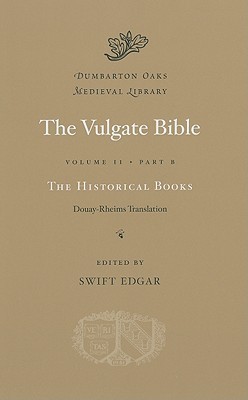
The Vulgate Bible
Historical Books: Douay-Rheims Translation v. 2, Pt. A (Dumbarton Oaks Medieval Library) by Swift Edgar
2011

The Rule of Saint Benedict
530

Old Testament Narratives
2011

The Vulgate Bible, Vol. III
The Poetical Books: Douay-Rheims Translation
2011

Miracle Tales from Byzantium
2012

The Vulgate Bible, Vol. IV
The Major Prophetical Books: Douay-Rheims Translation
2012

Old English Shorter Poems, Volume I
Religious and Didactic
2012

The History
1079

One Hundred Latin Hymns
Ambrose to Aquinas
2012
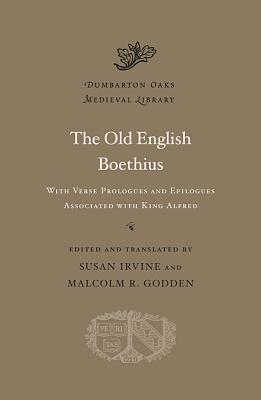
The Old English Boethius
with Verse Prologues and Epilogues Associated with King Alfred
900

The Life of Saint Symeon the New Theologian
2013

The Vulgate Bible, Vol. VI
The New Testament: Douay-Rheims Translation
2013

Literary Works
2013

The Old English Poems of Cynewulf
1988

Accounts of Medieval Constantinople
The Patria
2013

The Well-Laden Ship
2013

Ysengrimus
1148

Old English Poems of Christ and His Saints
2013

Saints' Lives, Vol. I
2014

Saints' Lives, Vol. II
2014

Old English Shorter Poems, Volume II
Wisdom and Lyric
2014

The Histories (Dumbarton Oaks Medieval Library)
2014

On the Liturgy (Dumbarton Oaks Medieval Library)
2014

Allegories of the Iliad
2015

Poetic Works
2015

Lives and Miracles
2015

Holy Men of Mount Athos
1798
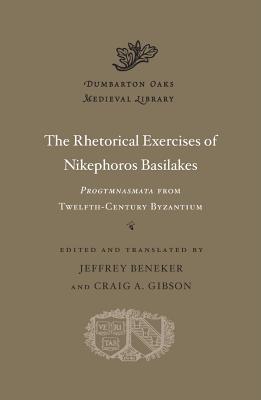
The Rhetorical Exercises of Nikephoros Basilakes
Progymnasmata from Twelfth-Century Byzantium
2016
King Alfred's Anglo-Saxon version of The compendious history of the world by Orosius;
Containing facsimile specimens of the Lauderdale and Cotton ... and Africa, according to Orosius and Alfred,
900
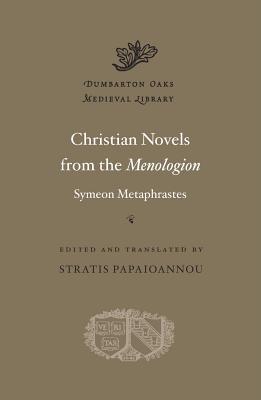
Christian Novels from the Menologion of Symeon Metaphrastes
2017
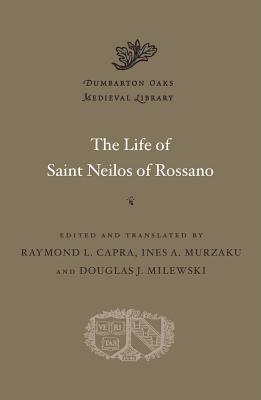
The Life of Saint Neilos of Rossano
2018

Carmina Burana, Volume 1
2018
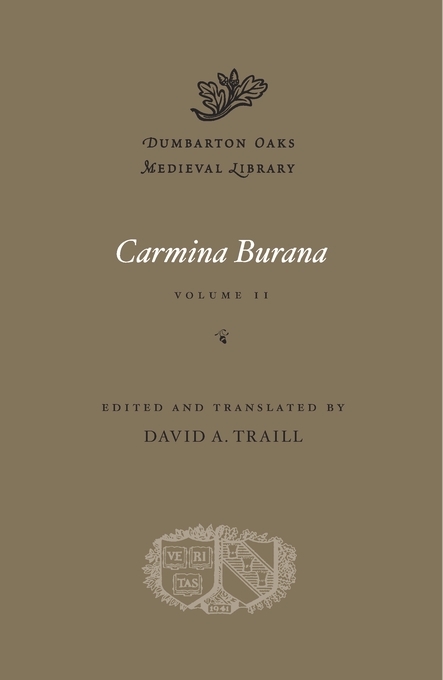
Carmina Burana, Vol. II
2018

The Poems of Christopher of Mytilene and John Mauropous
2018
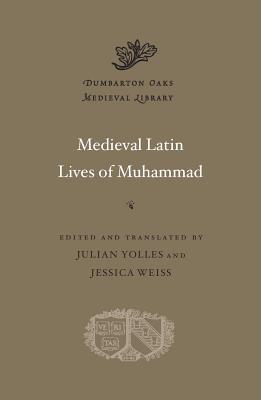
Medieval Latin Lives of Muhammad
2018
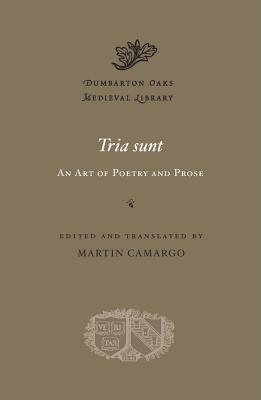
Tria sunt
An Art of Poetry and Prose
2019

The Life and Death of Theodore of Stoudios
2021
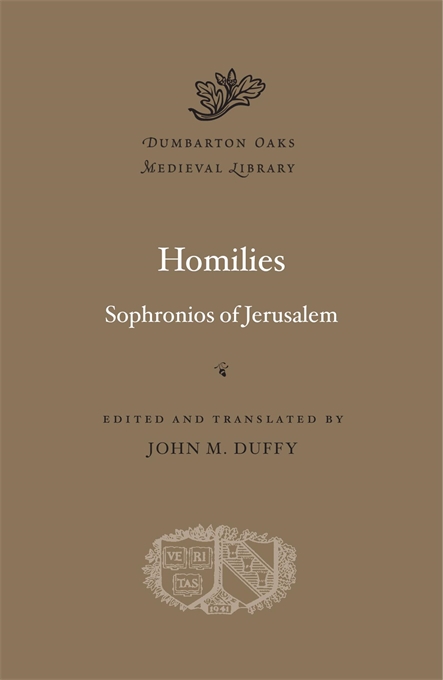
Homilies
2020
Authors
Librarian's note: There is more than one author in the Goodreads database with this name. This profile contains books from multiple authors of this name.
Bernardus Silvestris, also known as Bernard Silvestris and Bernard Silvester, was a medieval Platonist philosopher and poet of the 12th century. Bernardus' greatest work is the Cosmographia, a prosimetrum on the creation of the world, told from a 12th-century Platonist perspective. The poem influenced Chaucer and others with its pioneering use of allegory to discuss metaphysical and scientific questions. Bernardus also wrote the poem Mathematicus and probably the poem Experimentarius as well as some minor poems.

John Tzetzes (Greek: Ἰωάννης Τζέτζης) (c. 1110, Constantinople – 1180, Constantinople) was a Byzantine poet and grammarian, known to have lived at Constantinople during the 12th century. Tzetzes was Georgian on his mother's side. In his works, Tzetzes states that his grandmother was a relative of the Georgian Bagratid princess Maria of Alania who came to Constantinople with her and later became the second wife of the sebastos Constantine Keroularios, megas droungarios and nephew of the patriarch Michael Keroularios.[1] Tzetzes was described as vain, seems to have resented any attempt at rivalry, and violently attacked his fellow grammarians. Owing to a lack of written material, he was obliged to trust to his memory; therefore caution has to be exercised in reading his work. However, he was learned, and made a great contribution to the furtherance of the study of ancient Greek literature. 16th century manuscript of Hesiod's Theogeny with commentaries by John Tzetze The most important of his many works is considered to be the Book of Histories, usually called Chiliades ("thousands") from the arbitrary division by its first editor (N. Gerbel, 1546) into books each containing 1000 lines (it actually consists of 12,674 lines of political verse). It is a collection of literary, historical, theological, and antiquarian miscellanies, whose chief value consists in the fact that it to some extent makes up for the loss of works which were accessible to Tzetzes. The whole production suffers from an unnecessary display of learning, the total number of authors quoted being more than 400. The author subsequently brought out a revised edition with marginal notes in prose and verse (ed. T. Kiessling, 1826; on the sources see C. Harder, De J. T. historiarum fontibus quaestiones selectae, diss., Kiel, 1886). His collection of 107 Letters addressed partly to fictitious personages, and partly to the great men and women of the writer's time, contain a considerable amount of biographical details. Tzetzes supplemented Homer's Iliad by a work that begins with the birth of Paris and continues the tale to the Achaeans' return home. The Homeric Allegories, in "political" verse and dedicated initially to the German-born empress Irene and then to Constantine Cotertzes, are two didactic poems in which Homer and the Homeric theology are set forth and then explained by means of three kinds of allegory: historical (πρακτική), anagogic (ψυχική) or physical (στοιχειακή). In the Antehomerica, Tzetzes recalled the events taking place before Homer's Iliad. This work was followed by the Homerica, covering the events of the Iliad, and the Posthomerica, reporting the events taking place between the Iliad and the Odyssey. All three are currently available in English translations. Tzetzes also wrote commentaries on a number of Greek authors, the most important of which is that on the Cassandra or Alexandra of Lycophron (ed. K.O. Müller, 1811), in the production of which his brother Isaac is generally associated with him. Mention may also be made of a dramatic sketch in iambic verse, in which the caprices of fortune and the wretched lot of the learned are described; and of an iambic poem on the death of the emperor Manuel, noticeable for introducing at the beginning of each line the last word of the line preceding it (both in Pietro Matranga, Anecdota Graeca 1850). For the other works of Tzetzes see J. A. Fabricius, Bibliotheca graeca (ed. Harles), xi.228, and Karl Krumbacher, Geschichte der byz. Litt. (2nd ed., 1897); monograph by G. Hart, "De Tzetzarum nomine, vitis, scriptis," in Jahn's Jahrbucher für classische Philologie. Supplementband xii (Leipzig, 1881).
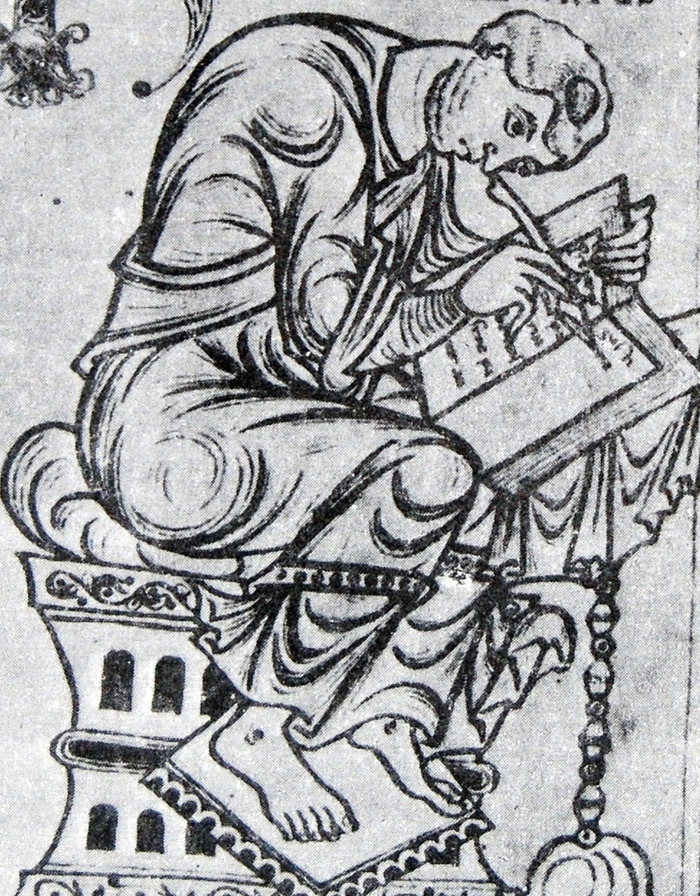
Paulus Orosius (born c. 375, died after 418)[1] — less often Paul Orosius in English—was a Gallaecian Christian priest, historian and theologian, a student of Augustine of Hippo. It is possible that he was born in Bracara Augusta (now Braga), then capital of the Roman province of Gallaecia.[2] Although there are some questions regarding his biography, such as his exact date of birth, it is known that he was a person of some prestige from a cultural point of view, as he had contact with the greatest figures of his time such as Saint Augustine of Hippo and Saint Jerome. In order to meet with them Orosius travelled to cities on the southern coast of the Mediterranean Sea, such as Hippo Regius and Alexandria. These journeys defined his life and intellectual output. Orosius did not just discuss theological matters with Saint Augustine, in fact he also collaborated with him on the book City of God.[3] In addition, in 415 he was chosen to travel to Palestine in order to exchange information with other intellectuals. He was also able to participate in a Church Council meeting in Jerusalem on the same trip and he was entrusted with transporting the relics of Saint Stephen. The date of his death is also unclear, although it appears to have not been earlier than 418, when he finished one of his books, or later than 423.[4] He wrote a total of three books, of which his most important is his Seven Books of History Against the Pagans (Historiarum Adversum Paganos Libri VII), considered to be one of the books with the greatest impact on historiography during the period between antiquity and the Middle Ages, as well as being one of the most important Hispanic books of all time. Part of its importance comes from the fact that the author shows his historiographical methodology. The book is a historical narration focussing on the pagan peoples from the earliest time up until the time Orosius was alive.[5] Orosius was a highly influential figure both for the dissemination of information (History Against the Pagans was one of the main sources of information regarding Antiquity that was used up to the Renaissance) and for rationalising the study of history (his methodology greatly influenced later historians)
Cynewulf is one of approximately twelve Anglo-Saxon poets who are known by name, and one of only four whose work is known to survive today. He presumably flourished in the 9th century, with possible dates extending into the late 8th and early 10th centuries. He is famous for his religious compositions, and is regarded as one of the pre-eminent figures of Christian Old English poetry. Posterity knows of his name by means of runic signatures that are interwoven into the four poems which comprise his scholastically recognized corpus. These poems are: The Fates of the Apostles, Juliana, Elene, and Christ II (also referred to as The Ascension). The four signed poems of Cynewulf are vast in that they collectively comprise several thousand lines of verse.
Frankish prelate and historian Saint Gregory of Tours produced a valuable history of the sixth-century Franks. https://en.wikipedia.org/wiki/Gregory...

Italian monk Saint Benedict of Nursia, considered the patriarch of western monasticism, founded the Benedictine order circa 529. The Catholics and the Anglican Church honor this Christian patron of Europe and students. With 12 communities at Subiaco, forty miles to the east of Rome, he moved to Monte Cassino in the southern mountains. The mere confederation of autonomous congregations, not commonly understood, originated later. His main achievement, his "Rule of Saint Benedict," contains precepts. The writings of John Cassian heavily influences this book, which shows strong affinity with the Rule of the Master. This unique spirit of balance, moderation, and reasonableness (ἐπιείκεια, epieikeia) persuaded most religious communities, founded throughout the Middle Ages, to adopt it. As a result, his Rule most influences religious rules in Christendom.